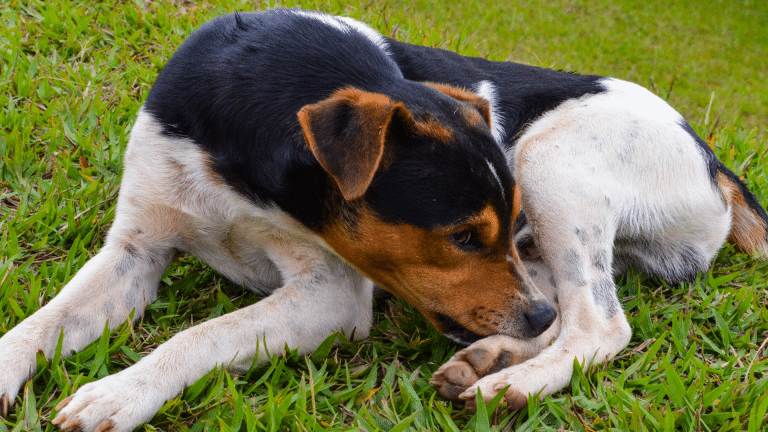Blog What to do if my dog has seasonal allergies?
Seasonal allergies can become real suffering for a person. Runny nose, itchy eyes, breathing difficulty, or endless sneezing, this part of the year is the most difficult to endure. Now, just like their human parents, dogs are also affected by seasonal allergies. It’s the worst time of the year for them as well as for us to see them suffering. Here are some tips for dog has seasonal allergies and treat them
There are two ways to deal with your dog’s seasonal allergies problem. The first one includes how you can take care of your furbaby in the offending season. While the second way is all about taking your dog to the vet to be treated with some treatments. Let’s discuss them one by one. But before diving into it, it is good to know the symptoms whether your dog has seasonal allergies or not?
Symptoms
If you see any of these signs and symptoms in your dog, it is most likely that he/she has an allergy:
- Sneezing
- Snoring
- Paw chewing or swelling
- Goopy eyes
- Ear itchiness or infection
- Constant licking or scratching
- Diarrhea
- Vomiting
- Excessive scratching
- Swelling of a body part(from a sting)
All these symptoms occur when your dog is exposed to an allergen which his/her body can’t tolerate. Some of the common allergens are stated below
Allergens
It is possible that your dog can be allergic to anything, but here are a few common allergens:
Pollens
Mold spores
Feathers
Dust mites
Drugs
Cigarette smoke
Cleaning products
Soap and shampoo
Fragrances
Fabrics
Foods ( corn, beef, chicken, pork, soy, or wheat)
Treatments
-Change your daily walking route
Try not to take your dog out on a walk in the early morning or late afternoon as pollen levels are the highest in these times. Stay away from open fields and parks where offending plants are common. Instead, implement an open-play setting during the allergy season.
-Post-walk precautionary measures
During the offending months, it is possible that even if you steer clear of parks and open fields, your baby pet will still get an allergen. Therefore, you have to take these post-walk precautionary measures. When you return home from the walk, clean your dog’s body and paws with a hypoallergenic, fragrance-free grooming wipe. You can get this from any local pet store near you. When removing pollen and other allergens from your dog’s fur and skin, pay special attention to the paws, as this area is the most sensitive to allergens.
-Clear the air
Regularly change the air filters to reduce the risks of your dog catching an airborne allergen. An air conditioner or dehumidifier also helps the cause by removing moisture from your interior air. It will decrease the chances of mold growing in your home. Reduce the time your dog spends in a damp environment like basements, bathrooms, or laundry rooms because they are more likely-to-get-mold places.
-Wash your dog’s bed regularly
If the surfaces where your dog spends most of his/her time become covered in allergens, it is more likely he/she will catch an allergy. Therefore, make sure they are being cleaned by hot water every week, so there will be minimum chances of an allergen getting into your sweet pet’s system. Also, make sure that any soft toys which your dog plays with are properly washed regularly.
-Schedule frequent baths
Prevent your dog’s skin from being dry and itchy. Wash their fur gently with a hypoallergenic anti-itch fragrance-free shampoo. Some dog owners also give their baby pet a 10-minute soak in a bath mixed with a gentle moisturizing oil. Or schedule a bathing appointment at VIP Monday through Saturday
-Supplement the diet
A natural dietary supplement can help reduce itchiness and improve the overall skin health of your pup. Use fish oil or fatty acid like omega-3 or omega-6 oil for this purpose. Coconut oil has also been found to suppress allergic reactions. Also, make sure your dog’s drinking water and the bowl are cleaned properly and that they don’t contain any pollutants.

